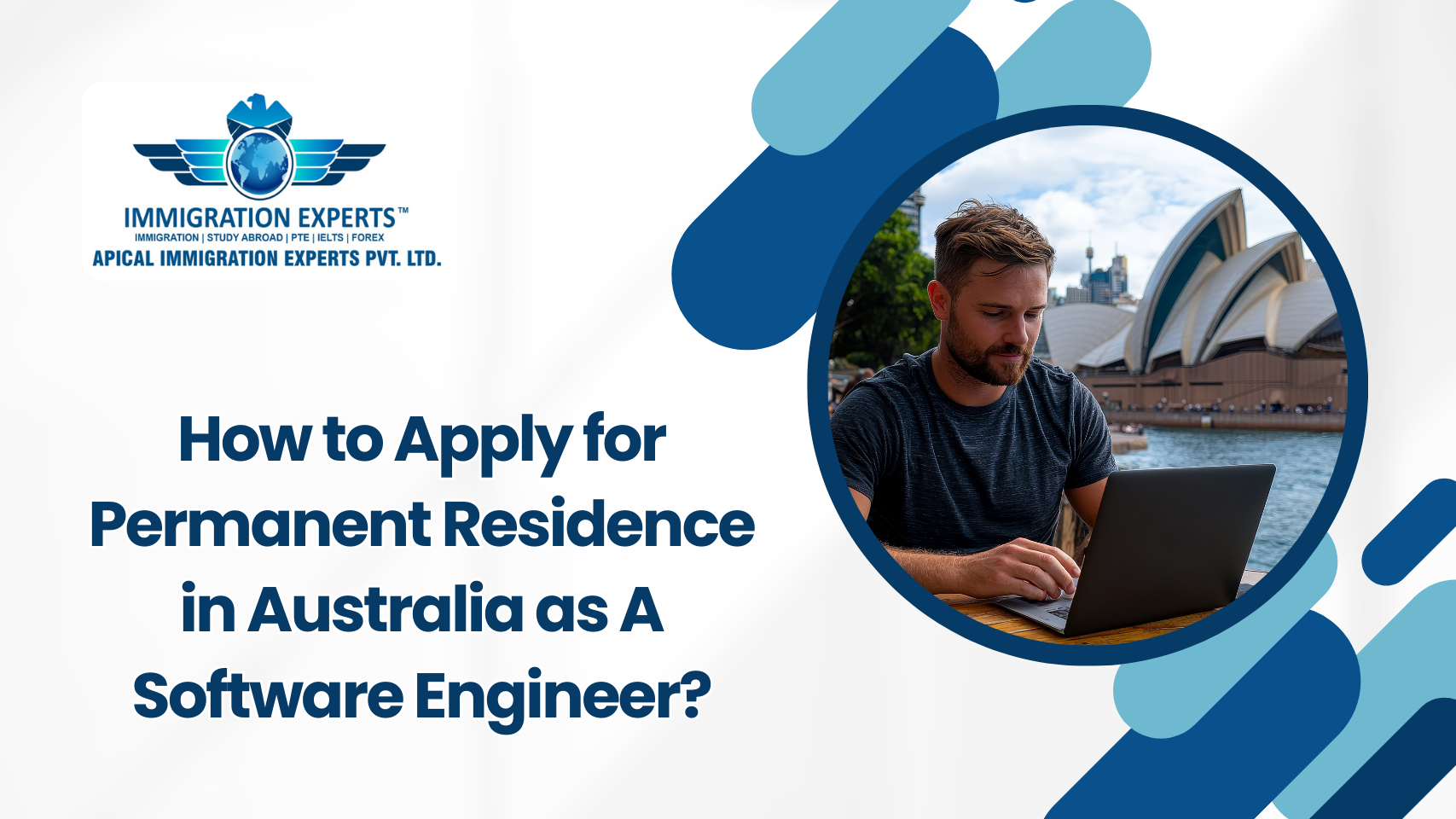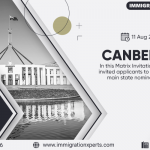Australia needs tech talent — and software engineers regularly top the lists of in-demand professionals.
If you want to turn your coding career into permanent residence (PR) down under, this practical, human guide takes you through the process step-by-step.
You’ll get realistic tips, common pitfalls to avoid, and small tweaks that make a big difference.
Why software engineers have an advantage
Simply put: software engineering skills transfer well. Recruiters and assessing bodies understand the role, and many Australian states actively recruit tech workers. That said, the process still rewards preparation. You must prove your skills, meet English and character standards, and present tidy evidence. Do those things well, and you’ll dramatically improve your chances.
Which visa stream should you consider?
There are a few common pathways for skilled tech workers:
- Skilled Independent (subclass 189) — points-tested and does not require state nomination.
- Skilled Nominated (subclass 190) — requires nomination from an Australian state or territory; nomination adds points.
- Skilled Work Regional (subclass 491) — a regional provisional visa that can lead to PR and may have different nomination rules.
Choose based on whether you want independence, extra points via state nomination, or are open to regional work. If you already have an Australian employer willing to nominate you, employer-nominated streams can be faster and more direct.
Step 1 — Confirm the right occupation
Match your job to the ANZSCO occupation list. For many software engineers, the usual code is Software Engineer (261313). Read the occupation description carefully. If your daily duties — designing, developing, testing, maintaining software — align with the description, you’re on the right track.
Why this matters: the assessing authority compares your duties to ANZSCO. If the match is strong, your skills assessment will be smoother.
Step 2 — Get a skills assessment (don’t rush)
For ICT roles, the Australian Computer Society (ACS) typically handles assessments. You’ll need to show qualifications and relevant work experience. This stage is critical — it often determines whether you qualify to submit an Expression of Interest (EOI).
Practical checklist for assessment:
- Employer letters that state duties, technologies, team size, and specific achievements.
- Clear employment dates — consistent across CV, references, and certificates.
- Translated and certified documents for anything not in English.
- Evidence of continuous professional development (courses, certifications, public contributions).
Tip: make your referee letters measurable. “Led a five-person team to reduce API latency by 35%” is far stronger than “worked on APIs.”
Step 3 — Prove your English level
Most skilled visas require an approved English test (IELTS, PTE, etc.). Aim for the best score you reasonably can. Higher scores give extra points and make your EOI more competitive. Study strategically: practice the test format, and focus on your weaker sections.
Step 4 — Calculate points and submit an EOI
Skilled visas are points-tested. Points come from age, English ability, skilled employment (both local and overseas), qualifications, partner skills, and more. The minimum pass mark is typically 65 points, but real-world invites usually require higher scores — especially in competitive tech rounds.
When you submit an EOI through SkillSelect:
- Be honest and accurate.
- Claim only what you can support with documents.
- Consider state nomination if you need points — some states target certain tech roles.
Step 5 — Wait for an invitation, then apply
If invited, you’ll lodge a full visa application with supporting documents: skills assessment, police certificates, health checks, and employer references. Be organized. Missing or inconsistent documents cause delays.
A strong application is coherent: dates line up, job titles match, and evidence supports every claim.
How to make your profile stand out (practical tips)
Here are actionable ideas I’ve seen work for software engineers:
- Quantify impact. Numbers show seniority and responsibility.
- Use accurate keywords. Match ANZSCO language where it truly describes your work.
- Show continuous learning. Cloud, security, AI, or architecture certifications help.
- Public contributions count. Open-source commits, blog posts, and talks strengthen a professional profile.
- Consider regional roles. Regional sponsorships sometimes offer clearer pathways to PR.
- Leverage Australian contacts. Referrals or job offers from Australian employers can open employer-nominated routes.
Common mistakes to avoid
- Vague referee letters that merely list duties.
- Inconsistent dates across CV and reference letters.
- Overstating seniority without measurable results.
- Missing translations or uncertified documents.
Fixing these before submission will save time and protect your credibility.
After you get PR — what to do next
Once you receive PR, there are practical next steps:
- Apply for a Tax File Number (TFN).
- Enrol in Medicare for healthcare coverage.
- Open a local bank account and set up superannuation (retirement savings).
- Keep digital and physical copies of your visa grant and supporting documents.
Also think long-term: PR leads to eligibility for citizenship after meeting residency requirements. Keep records of travel to track your physical presence.
Honest realities — encouragement and expectations
The process takes work and attention to detail, but it’s very achievable for skilled software engineers. Rules and occupation lists change, so check official sources before applying. Small things matter: a clear, quantifiable CV and solid reference letters often separate successful applicants from the rest.
If you prepare carefully, stay organized, and present evidence honestly, you’ll dramatically improve your chances.
Ready to Take the First Step Toward Your Australian PR?
- Don’t leave your migration dreams to guesswork — let our experts guide you.
- Get a FREE, no-obligation Points-Based Assessment of your profile
- Book an Online Consultation with our experienced immigration counsellors
- Receive clear, personalized advice on your best pathway as a Software Engineer
📩 Email us: info@immigrationxperts.com
📞 Call us: +91-9999467686, +91-8447-696555
Fill out our Free Evaluation Form today and start your journey to living and working in Australia. Your dream career down under is closer than you think!
Frequently Asked Questions:
- Is Software Engineer on the skilled occupation list for Australia in 2025?
Yes. Software Engineer (ANZSCO 261313) is typically included in the Medium and Long-term Strategic Skills List (MLTSSL), making it eligible for skilled migration visas like subclass 189, 190, and 491. However, the list is reviewed regularly, so always check the latest official list before applying.
- How many points do I need to get PR in Australia as a Software Engineer?
The minimum required score is 65 points, but in practice, competitive rounds for popular occupations like Software Engineer often need 85+ points for subclass 189 and around 70–80 points for subclass 190 with state nomination.
- Which is better for a Software Engineer — subclass 189 or 190 visa?
Subclass 189 offers complete freedom to live and work anywhere in Australia without state sponsorship, but it’s more competitive. Subclass 190 requires state nomination (which adds 5 points) and obliges you to live in that state for a set period, but can improve your chances of getting an invitation.
- How long does it take to get PR in Australia for a Software Engineer?
Processing times vary depending on visa subclass, points score, and demand. On average, after receiving an invitation, skilled migration visa processing can take between 6 to 12 months, but securing the invitation itself can take longer for competitive occupations.
- Do I need Australian work experience to apply for PR as a Software Engineer?
No. Overseas work experience counts towards your points. However, having Australian work experience can significantly increase your total points and may make you more attractive for state nomination or employer sponsorship.






